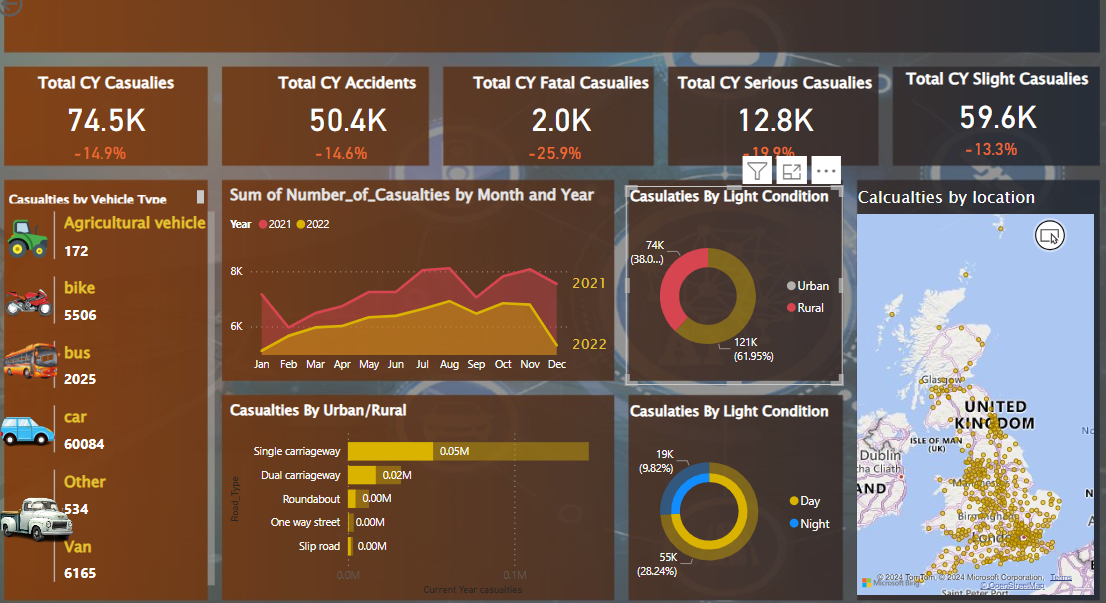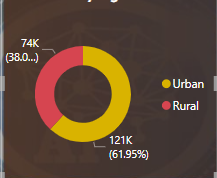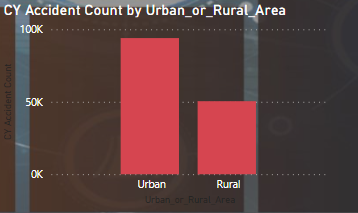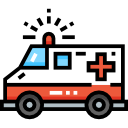Rural vs Urban

 Over Speeding
Over Speeding
Rural Road Risks
Analysis of rural and urban accident data reveals distinct patterns. While rural areas have fewer accidents, they experience higher casualty severity, with 12,800 serious and 2,000 fatal casualties out of 50,000 accidents. In contrast, urban areas witness more accidents (94,000), but with relatively fewer serious (800) and fatal (14,000) casualties per incident. This highlights differing risk levels and challenges for road users in these environments.
report
 Fatigue
Fatigue
 Poor weather
Poor weather
conditions
 Reckless driving
Reckless driving
 Driving under the influence (DUI) of alcohol or drugs
Driving under the influence (DUI) of alcohol or drugs
 Poor road conditions driving
Poor road conditions driving
 Mechanical failures
Mechanical failures
Key Findings

Severity of Casualties in Rural Areas
Despite the lower number of accidents in rural areas, the severity of casualties appears to be higher. Rural areas recorded 12,800 serious casualties and 2,000 fatal casualties, suggesting that accidents in rural settings are more likely to result in serious injuries or fatalities compared to urban areas.

Disparity in Healthcare Access
The data highlights a stark contrast in healthcare outcomes between rural and urban areas, with rural regions experiencing significantly higher rates of serious and fatal casualties despite fewer total accidents. This suggests a lack of adequate healthcare infrastructure and resources in rural communities compared to their urban counterparts.

Density and Traffic Volume
One contributing factor to the higher incidence of accidents in urban areas is the higher population density and traffic volume. Urban areas typically have more vehicles on the road, leading to increased interactions between vehicles and a higher likelihood of accidents.


Measures to be taken
 Shortage of Healthcare Facilities
Shortage of Healthcare Facilities
Rural areas frequently grapple with a shortage of healthcare facilities, including hospitals, trauma centers, and specialized medical services. The limited availability of healthcare resources in rural communities exacerbates the disparities in healthcare access and contributes to poorer outcomes for individuals involved in accidents.
 Telemedicine and Mobile Health Services
Telemedicine and Mobile Health Services
Implementing telemedicine and mobile health services can bridge the gap in access to medical care by providing remote consultations, diagnostics, and emergency response in rural communities. This technology enables healthcare providers to reach patients in remote areas and provide timely medical assistance.
 Tackle Urban Accident : Public Transportation Promotion
Tackle Urban Accident : Public Transportation Promotion
Promoting the use of public transportation, including buses, trains, and subways, can reduce the number of private vehicles on the road, easing congestion and lowering the risk of accidents in urban areas
Measures to be taken
 Infrastructure Upgrades
Infrastructure Upgrades
Investing in infrastructure upgrades in Rural Areas, such as widening roads, adding dedicated turning lanes, and improving intersection design, can accommodate the higher volume of traffic in urban areas and enhance safety for road users.
 Collaborative Partnerships
Collaborative Partnerships
Establishing collaborative partnerships between healthcare organizations, government agencies, community groups, and philanthropic organizations can pool resources and expertise to address healthcare disparities in rural areas
 Enforcement of Traffic Laws
Enforcement of Traffic Laws
Strengthening enforcement of traffic laws, including speeding limits, seatbelt usage, and drunk driving, is crucial in deterring risky behaviors and promoting responsible driving habits.




